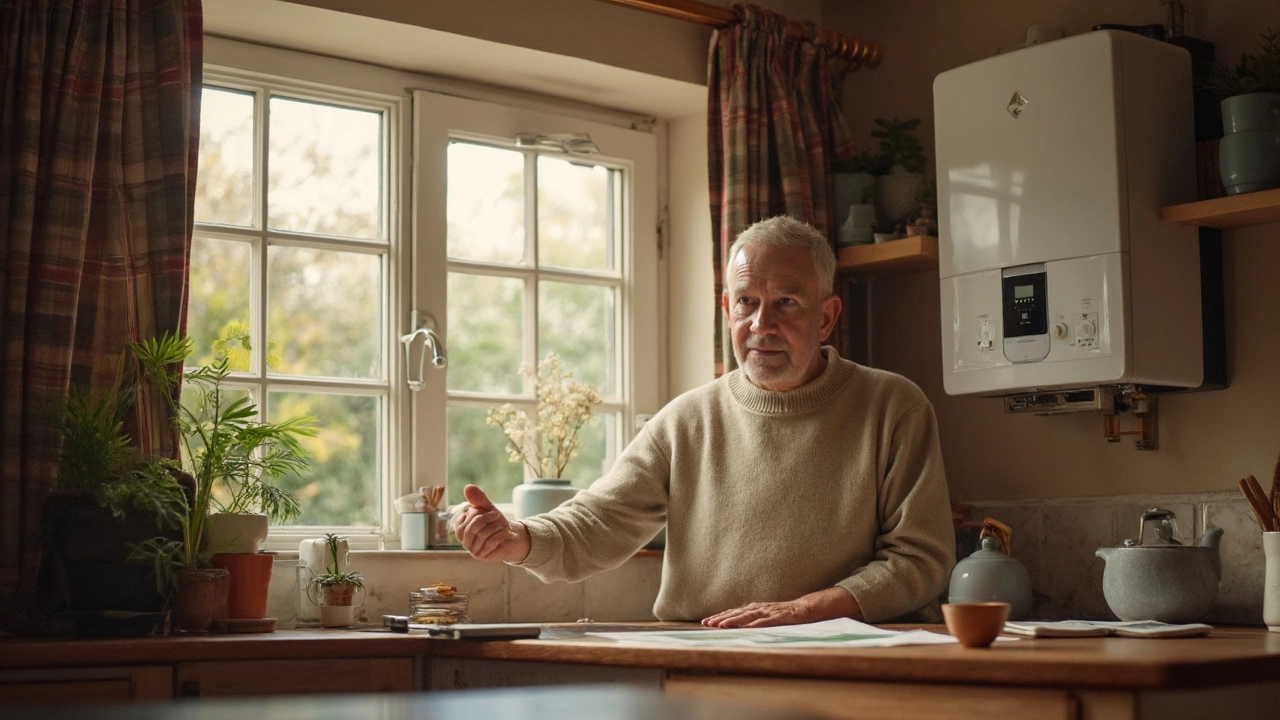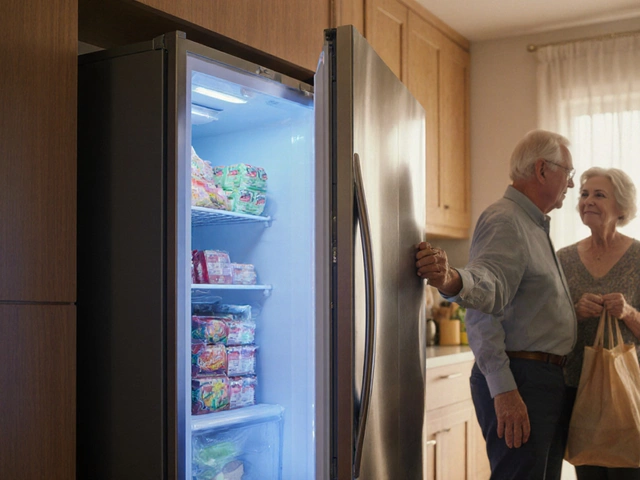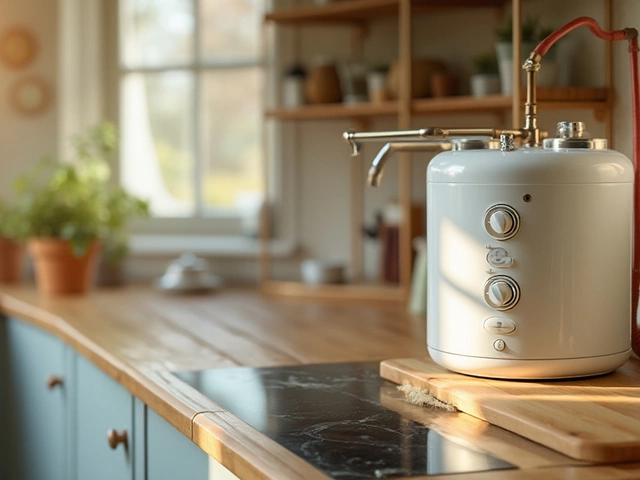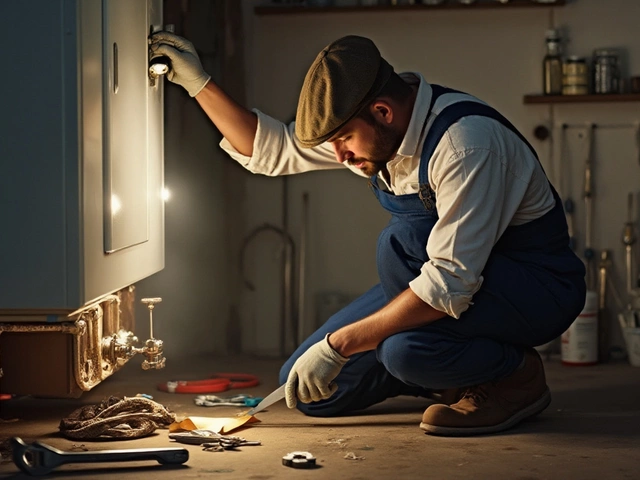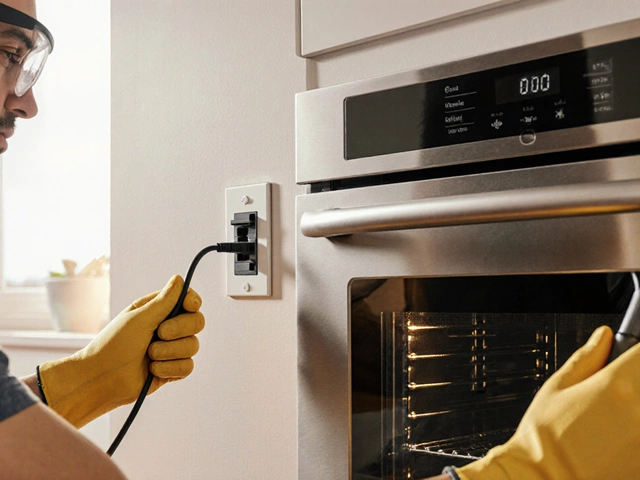Picture this: It's the middle of winter in Adelaide. You’re running late, jump in the shower, and instead of steaming comfort, an icy rain pelts you awake. We’ve all been there, yelling curses at that useless hot water tap. When your water heater only pumps out cold water, it doesn’t just ruin your morning—it can throw your whole routine sideways. You might instantly imagine hidden pipes flooding, big repair bills, and nights boiling kettles just to wash your face. But hang on, don’t panic yet. Most hot water failures aren’t as dramatic as your brain might imagine. Sometimes, the solution is staring you right in the face, if you know what to look for. In fact, according to the Australian Bureau of Statistics, water heaters are one of the top five home appliances most likely to break down unexpectedly. The good news? With a calm approach and a bit of guidance, you can often fix a cold-water-only heater yourself, or at least figure out if it's beyond a quick DIY.
Main Causes of Cold Water from Your Hot Water System
Let's face it: water heaters aren’t complicated miracles—they’re just machines with a clear job. If they stop serving up hot water, there are only so many things that can go wrong. In my years tinkering around Adelaide homes, I've noticed a handful of culprits show up again and again. First, power issues: it might sound basic, but a tripped circuit breaker in your switchboard or a blown fuse knocks out electric systems in seconds. Gas units? The pilot light sometimes snuffs out with even a stiff breeze, especially in older houses near the seaside, where wind gets sneaky. Sediment is another troublemaker—in South Australia, our water is notorious for being extra ‘hard’ or mineral-heavy. Over time, this stuff settles in the bottom of your tank, choking the burner or electric element until it just can’t heat up anymore. Sometimes, you can literally hear the sizzle and pop as sediment bubbles—sign #1 your tank might be clogged. Another sneaky problem is the thermostat. These little control dials can misread the temperature, or short-circuit, so the water never gets the memo to heat up. There’s also a rare chance of a broken heating element, especially if your tank is older than seven years. Less commonly—but definitely possible—someone could have accidentally bumped the temperature down (little kids love to play with dials) or mis-set timers on newer, digital models. See the point? We’re not talking rocket science—just a handful of usual suspects.
Quick Inspection Checklist Before You Call the Plumber
No one loves calling a plumber only to be told, “You just needed to flick a switch, mate.” Save yourself time and awkward moments with this DIY checklist. Safety first—always! If your heater is electric, locate the main power switch or circuit breaker. Make sure it hasn’t tripped. Give it a reset if it has, wait five minutes, and test the water again. Gas units? Peer through the little viewing window—can you see a blue flame? If it’s out, relight the pilot following your manufacturer’s instructions (yes, go grab that manual you never read, it actually matters now). If you smell gas, or relighting isn’t working, stop right away—call the professionals. Next, check for leaks or puddles under the tank. Even a small drip can mean a bigger problem inside. Now, inspect the thermostat dial. Has someone set it to ‘vacation’ or super low as a prank? It should be around 60°C for safety and comfort—any lower, and you’re in bathwater purgatory. On digital models, look for error codes or blinking lights. Each brand has its own way of saying “help me!” If pipes leading into or out from the tank feel hot near the unit but ice-cold further along, you could have a valve or circulation issue. Run taps for a few minutes to flush airlocks. Don’t forget, Adelaide water gets chilly in winter—the tank works harder and heats more slowly, so sometimes patience is your only fix.
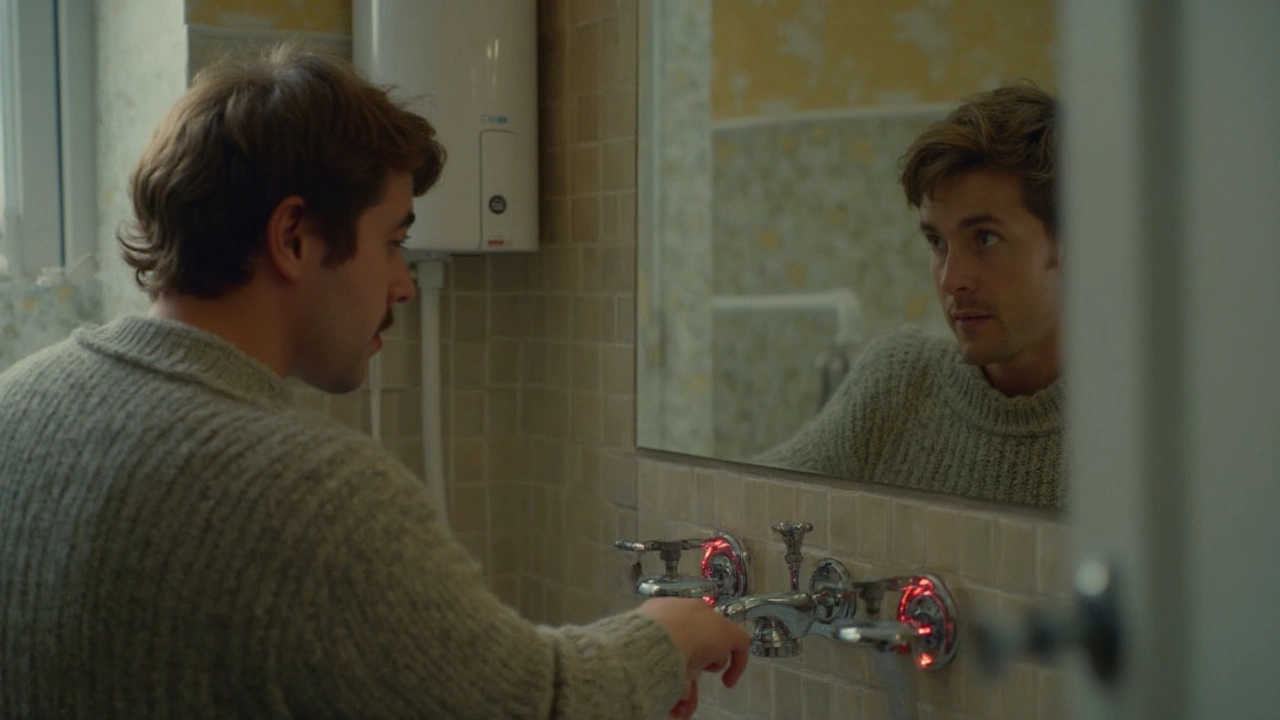
Step-by-Step: How to Fix Common Water Heater Problems
Now, let’s get hands-on. I’m not calling you to become a master-plumber, but there’s plenty you can tackle with a bit of confidence and a few basic tools. Here’s the prime checklist to get your hot water back. First, reset everything: power, gas, and thermostats. If it’s electric, turn it off, wait a minute, and turn it back on. For gas, relight the pilot. Got an older, electric hot water heater that’s making noise? Sediment could be the cause. You can drain a portion of the tank to flush out grit. Switch off the power/gas, attach a hose to the drain valve, and let water run until it comes out clear (wear gloves, it’ll be hot). If the temperature won’t rise, gently try adjusting the thermostat up a notch. Sometimes the dial slips over time. Still nothing? Your heating element might be gone. You’ll need a basic multimeter from Bunnings to check if it’s getting power (Youtube is your friend for multimeter tutorials, trust me). If it’s dead, you’ll need a new element—these are often available off-the-shelf for the main Aussie brands. For gas heaters, if the flame keeps going out, check for drafts or dust in the burner area. Gently clean with a small brush. Ever notice a closed inlet or outlet valve? Open all the way to make sure water is reaching the unit. And remember the infamous ‘reset’ button: most tanks have a hidden red or black button near the thermostat—press it once with a pen and wait to see if the system wakes up. Still stuck with cold water? At this point, the problem may be internal (like a fried circuit board). Don’t force repairs if you’re unsure—call in someone licensed, especially if gas is involved. Most issues are solved by these simple resets and checks, and you’ll feel like a legend doing it yourself.
Tips to Prevent Future Water Heater Breakdowns
Now you’ve got the hot water back (or at least, have a plan), make sure you don’t end up shivering again next month. Prevention is king. First, make a reminder on your phone to test and flush the water heater every six months—set it for autumn and spring, when Adelaide’s weather starts to flip. This clears out sediment before it causes headaches. Keep the area around your heater clean—dust, spider webs, and stray insulation can disrupt sensors or spark a fire risk, especially in our dry climate. Check the pressure relief valve twice a year. Just lift and let it click back into place—if water keeps flowing out after, the valve may need swapping. If you live along the coastline or in a hard water area, think about a softener or tank de-scaler to slow down mineral buildup. Don’t cover or jam stuff against your tank, since warmth attracts all kinds of critters. For those with gas heaters, visually check the vent pipe is clear—especially after windy days or storms that toss leaves around. Digital models? Update your firmware if the brand provides it, and make a note of error codes in a notebook in case they show up again. Plan to replace your anode rod every four to six years—the anode helps fight rust inside the tank. With Adelaide’s odd weather swings, a bit of TLC keeps your heater running longer and keeps those shower surprises away.
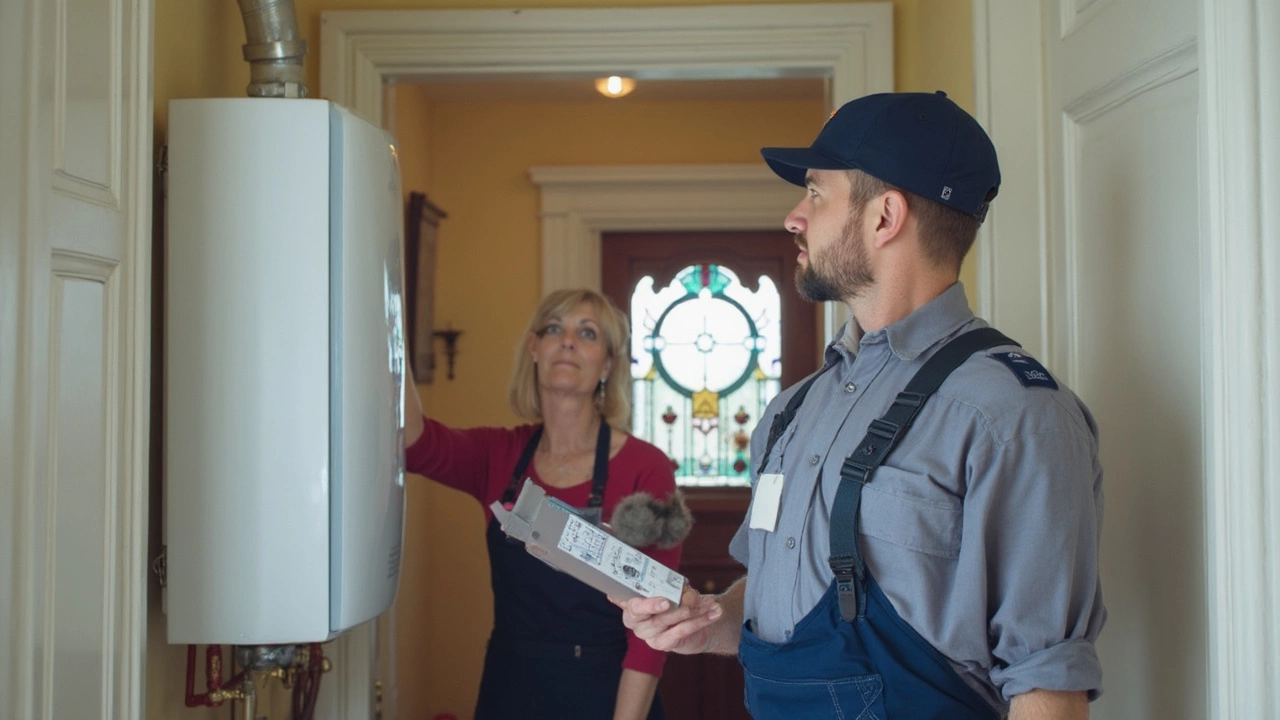
When to Repair, Replace, or Call the Pros
So, you’ve followed the steps, but your fix water heater effort has hit a wall, and you’re still shivering through your morning showers. There’s a fine line between what you can fix and when it’s time to call in the cavalry. If your tank is over 10-12 years old, noisy, leaking, or rusty at the base, replacement makes more sense than repair. Check your warranty—it might cover parts or a replacement if you’re lucky and the timing’s right. Modern heaters are way more energy-efficient, so you might be shocked at the savings on your power bill after an upgrade. If you’re dealing with gas leaks, ongoing pilot problems, or visible corrosion on pipes, don’t risk it—call a licensed plumber, and take no chances. Here’s a handy reference table for deciding your next move:
| Problem | DIY Fix? | Pro Needed? | Replace? |
|---|---|---|---|
| Pilot light out | Yes, follow manual | No, unless gas smell or can't relight | No |
| Tripped circuit breaker | Yes, reset | No | No |
| Thermostat problem | Yes, adjust/reset | Yes, if not working | No |
| Leaking tank (body) | No | Yes | Yes |
| Corrosion at tank base | No | Yes | Yes |
| Sediment buildup | Yes, flush tank | Yes, for stubborn cases | No |
If you’ve made it this far, you’ll know the water heater is neither a mystery nor a monster—just a home appliance with a few quirks. Most cold-water problems boil down to quick resets, quick checks, and the occasional flush. If repairs get beyond your comfort zone, call a certified pro who knows the local Adelaide quirks—especially if you spot any electrical, gas, or water leaks. And next time that hot water disappears on a winter’s morning, you’ll be the hero with a plan, not the victim of a cranky old hot water system.

